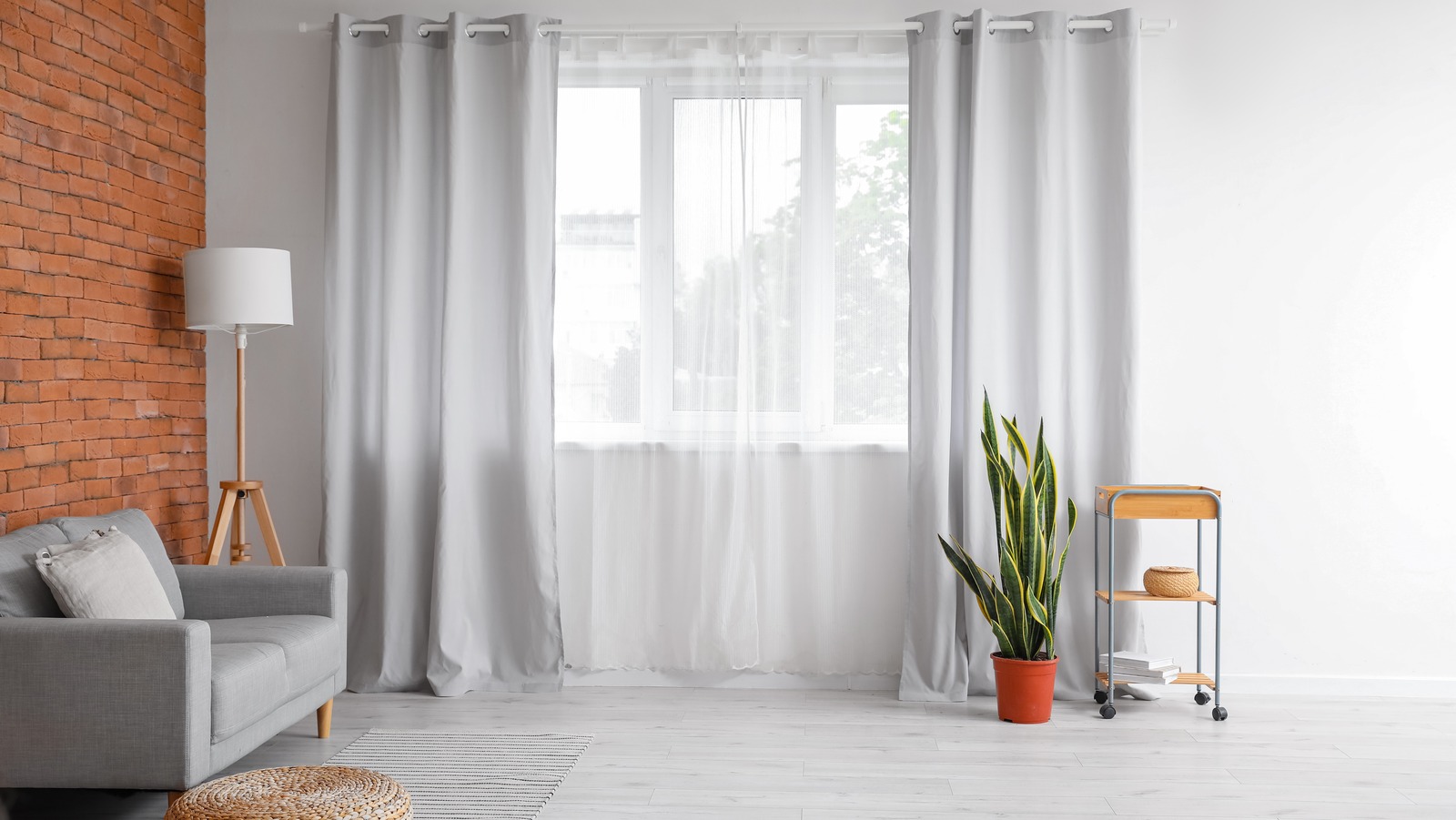

Articles
How To Hang Temporary Curtains
Modified: December 7, 2023
Learn how to hang temporary curtains with these helpful articles. Find step-by-step instructions, tips, and tricks to easily enhance your space without commitment.
(Many of the links in this article redirect to a specific reviewed product. Your purchase of these products through affiliate links helps to generate commission for Storables.com, at no extra cost. Learn more)
Introduction
When it comes to decorating our living spaces, curtains play a crucial role in adding style and functionality to any room. Whether you want to add privacy, block out sunlight, or simply enhance the aesthetics of your space, hanging curtains is a great way to achieve these goals. However, sometimes we may not want to commit to permanent fixtures or costly installations. That’s where temporary curtains come in.
In this article, we’ll explore the step-by-step process of hanging temporary curtains, allowing you to update and transform your space without the hassle or commitment of permanent fixtures. By following these simple instructions, you’ll be able to hang temporary curtains that are stylish, practical, and easy to remove when needed.
So, let’s get started and learn how to hang temporary curtains like a pro!
Key Takeaways:
- Easily transform your space with temporary curtains by following simple steps to measure, select, and hang curtains without the commitment of permanent fixtures. Enjoy style, privacy, and functionality with this flexible solution.
- From choosing the right hanging method to preparing the wall or window frame, each step in hanging temporary curtains plays a crucial role in achieving a seamless and visually appealing installation. Create a beautiful and functional window treatment that enhances the overall look of your room.
Read more: How To Hang Curtain Lights Over Curtains
Step 1: Measure and select curtains
The first step in hanging temporary curtains is to measure your windows or doorways and select the appropriate curtains. This ensures a perfect fit and optimal coverage. Here’s what you need to do:
- Measure your windows: Use a tape measure to determine the width and height of your windows or doorways. Measure the width from one side to the other, and the height from the top to the bottom. Note down these measurements, as they will help you choose the right size curtains.
- Select the curtain style: Consider the style and purpose of the curtains you’d like to hang. Are you looking for sheer curtains to let in natural light? Or do you need blackout curtains for better privacy and light control? Determine the specific style and functionality you need before making a selection.
- Determine the curtain length: Decide on the desired curtain length based on your personal preference and the overall aesthetics of your space. Do you want floor-length curtains or curtains that just cover the window sill? Measure the distance from the curtain rod to the desired length to ensure you choose the right size curtains.
- Consider the fabric and color: Take into account the room’s decor, color scheme, and the ambiance you want to create. Choose a fabric and color that complements the existing elements in the space and adds a touch of style.
- Calculate the number of panels: Depending on the size and coverage you want, calculate the number of curtain panels needed. For a fuller look, you may opt for multiple panels on each side of the window or doorway.
By carefully measuring your windows and selecting the right curtains, you’ll ensure a seamless and visually appealing look for your temporary curtains.
Step 2: Choose the hanging method
Once you’ve measured and selected the curtains, the next step is to choose the appropriate hanging method for your temporary curtains. There are several options available, depending on the type of curtains and your preference. Here are some popular hanging methods to consider:
- Curtain rods: One common method is to use curtain rods to hang your temporary curtains. Curtain rods come in different materials, such as metal or wood, and can be easily installed using brackets or hooks. Measure the width of your window or doorway and choose a curtain rod that matches that measurement. Install the curtain rod according to the manufacturer’s instructions and then hang the curtains onto the rod using curtain rings or clips.
- Tension rods: Tension rods are another simple and effective hanging method for temporary curtains. These rods can be adjusted to fit your window or doorway without the need for brackets or screws. Simply twist the rod to lengthen or shorten it and create tension against the walls or window frame. Once the tension rod is in place, you can easily hang your curtains directly onto it.
- Command hooks: If you prefer not to use rods, you can opt for command hooks to hang your temporary curtains. These hooks are self-adhesive and can be attached to the wall or window frame without causing damage. Choose hooks with a weight capacity that can accommodate the weight of your curtains. Attach the hooks at the desired height and simply hang your curtains using grommets, loops, or clips.
- Curtain wire systems: Curtain wire systems offer a flexible and customizable hanging option for temporary curtains. These systems consist of wire cables that can be mounted on the wall or ceiling, along with hooks or clips to hang the curtains. You can easily adjust the wire to fit your window or doorway, and it allows for effortless curtain installation and removal.
Consider the style of your curtains, the type of walls or window frames in your space, and your personal preference when choosing the hanging method for your temporary curtains. Each option offers its own advantages and can help create the desired look and functionality for your curtains.
Step 3: Prepare the wall or window frame
Before you hang your temporary curtains, it’s important to prepare the wall or window frame to ensure proper installation and stability. Here’s how to prepare the surface:
- Clean the surface: Start by cleaning the wall or window frame where you’ll be attaching the curtain rods, tension rods, or command hooks. Remove any dust, dirt, or residue using a clean cloth or mild soap and water. This will help the adhesive of the hooks or brackets to stick better and prevent any interference with the installation process.
- Check for smoothness: Ensure that the wall or window frame is smooth and free from any bumps or imperfections that could affect the installation. If you notice any rough patches or uneven surfaces, consider sanding them down gently to create a smooth and even base for the hanging hardware.
- Choose the right adhesive: If you’re using command hooks or adhesive brackets to hang your curtains, make sure you select the appropriate adhesive for the surface. Different adhesives are designed for various materials such as painted walls, wood, tile, or glass. Follow the manufacturer’s instructions and use the recommended adhesive for optimal adhesion and stability.
- Allow the surface to dry: If you’ve cleaned the wall or window frame with water or a cleaning solution, allow sufficient time for it to dry completely before installing the hanging hardware. This will ensure a secure attachment and prevent any moisture-related issues that could affect the adhesion or stability of the temporary curtain installation.
- Mark the placement: Before attaching the curtain rods, tension rods, or command hooks, use a pencil or masking tape to mark the desired placement on the wall or window frame. This will help ensure that the installation is level and aligned with your measurements, providing a professional and cohesive look to your temporary curtains.
By properly preparing the wall or window frame, you’ll create a stable and reliable foundation for hanging your temporary curtains. This will ensure that your curtains stay in place and enhance the overall aesthetic of your space.
Use tension rods for a quick and easy way to hang temporary curtains. They can be adjusted to fit any window size and won’t damage the walls.
Step 4: Install curtain rods or tension rods
With the wall or window frame prepared, it’s time to install the curtain rods or tension rods for hanging your temporary curtains. Follow these steps to ensure a secure and sturdy installation:
- Measure and mark: Start by measuring the distance between the markings you made on the wall or window frame in the previous step. This will help you determine the correct placement for the curtain rods or tension rods. Use a tape measure or ruler to ensure accuracy and mark the positions with a pencil.
- Choose the right hardware: Select the appropriate brackets, hooks, or screws depending on the type of curtain rods you’re using. Make sure the hardware matches the style, weight capacity, and installation requirements of your curtain rods. Refer to the manufacturer’s instructions for specific details and assembly guidelines.
- Secure the brackets: If you’re using curtain rods, attach the brackets to the wall or window frame according to the markings you made. Use a level to ensure the brackets are installed horizontally and evenly. If you’re using tension rods, simply adjust the rod to the desired length and fit it securely into place within the window frame.
- Tighten the screws: If your curtain rods require screws for additional stability, securely tighten them using a screwdriver or drill. Make sure the brackets are firmly attached to the wall or window frame to prevent any movement or sagging when the curtains are hung.
- Test the stability: Before hanging your curtains, gently tug on the curtain rods or tension rods to check for any wobbling or movement. Ensure that they are firmly in place and can support the weight of the curtains without sagging. Make any necessary adjustments and retighten the hardware if needed.
By correctly installing the curtain rods or tension rods, you’ll create a solid foundation for hanging your temporary curtains. This will ensure that the curtains are secure and properly supported, allowing them to function effectively and enhance the overall look of your space.
Read more: How To Hang Eyelet Curtains
Step 5: Hang the curtains
With the curtain rods or tension rods securely installed, it’s time to hang the curtains and bring your space to life. Follow these steps to hang your temporary curtains:
- Prepare the curtains: If your curtains have grommets or loops, slide them onto the curtain rod or tension rod. If they have curtain rings or clips, attach them to the top edge of the curtains. Make sure the curtains are evenly distributed on the rod to achieve a balanced and symmetrical appearance.
- Align the curtains: Position the curtain rod or tension rod onto the installed brackets or within the window frame. Ensure that the rod is level and aligned with the markings made in step 4. If using tension rods, adjust the length to fit snugly within the window frame to provide the necessary tension.
- Hang the curtains: Lift the curtains gently and drape them over the rod, making sure they fall evenly and smoothly. If using curtain rings or clips, attach them to the rod and ensure they are securely fastened. Arrange the curtains so that they hang straight and cover the desired area, adjusting the position as necessary.
- Check the length: Step back and have a look at the curtains to ensure they are the desired length. If they are too long, you may need to hem them or use curtain clips to hold them up. If they are too short, you may need to adjust the position of the rod to cover the desired area.
- Smooth out the wrinkles: If your curtains have any wrinkles or creases from being folded, you can gently steam or iron them according to the fabric’s care instructions. This will help the curtains hang more smoothly and enhance their overall appearance.
By following these steps, you’ll be able to hang your temporary curtains with ease and precision. Take your time to ensure the curtains are properly aligned and adjusted for the best visual impact in your space.
Step 6: Adjust and secure the curtains
Once your temporary curtains are hanging in place, it’s time to make any necessary adjustments and ensure they are properly secured. Follow these steps to achieve the perfect fit and ensure the curtains stay in place:
- Even out the length: Stand back and assess the length of your curtains. Ensure that they are all hanging at the same level, creating a cohesive and balanced look. If needed, adjust the position of the curtain rod or tension rod to achieve an even length across all panels.
- Smooth out the folds: Gently smooth out any folds or wrinkles in the curtains to create a neat and polished appearance. Use your hands or a fabric steamer to remove any creases and ensure a smooth drape. This will add a touch of elegance to your temporary curtains.
- Use curtain ties or holdbacks: If you want to keep your curtains open during the day or to add a decorative touch, consider using curtain ties or holdbacks. These can be hooked or tied to the side of the curtains to hold them in place and create an elegant draping effect. This will allow natural light to enter the room while adding a stylish accent.
- Secure the curtains: To prevent the curtains from moving or sliding, especially in drafty areas or high traffic zones, use curtain weights or adhesive strips. These can be attached to the bottom corners of the curtains to keep them in place, ensuring they maintain their desired position and appearance.
- Double-check the stability: Give the curtains a gentle tug to check their stability and ensure they are securely attached. Verify that the curtain rods or tension rods are still in place and that all brackets, hooks, or clips are securely fastened. This will prevent any accidents and ensure the longevity of your temporary curtain installation.
By following these steps, you can make any necessary adjustments and ensure that your temporary curtains are properly secured and visually appealing. Taking the time to fine-tune the position and stability of the curtains will result in a polished and professional look for your space.
Conclusion
Hanging temporary curtains is a simple and effective way to transform the look and feel of any room. Whether you’re looking to add privacy, control light, or enhance the aesthetics, temporary curtains offer a flexible and customizable solution without the commitment of permanent fixtures. By following the steps outlined in this article, you can confidently hang your temporary curtains like a pro.
From measuring and selecting the right curtains to choosing the appropriate hanging method, preparing the wall or window frame, and installing the curtain rods or tension rods, each step plays a crucial role in achieving a seamless and visually appealing installation. Once the curtains are hung, taking the time to adjust and secure them ensures they stay in place and maintain their desired position.
Remember to consider the style and functionality you desire, as well as the decor and ambiance of your space, when selecting curtains and hanging hardware. By paying attention to details and taking the necessary steps, you can create a beautiful and functional window treatment that enhances the overall look of your room.
Whether you’re adding temporary curtains to a rental property, updating the aesthetics of your home, or simply trying out a new decor style, the flexibility and versatility of temporary curtains make them a great choice. So, go ahead and start transforming your space with temporary curtains today!
Frequently Asked Questions about How To Hang Temporary Curtains
Was this page helpful?
At Storables.com, we guarantee accurate and reliable information. Our content, validated by Expert Board Contributors, is crafted following stringent Editorial Policies. We're committed to providing you with well-researched, expert-backed insights for all your informational needs.
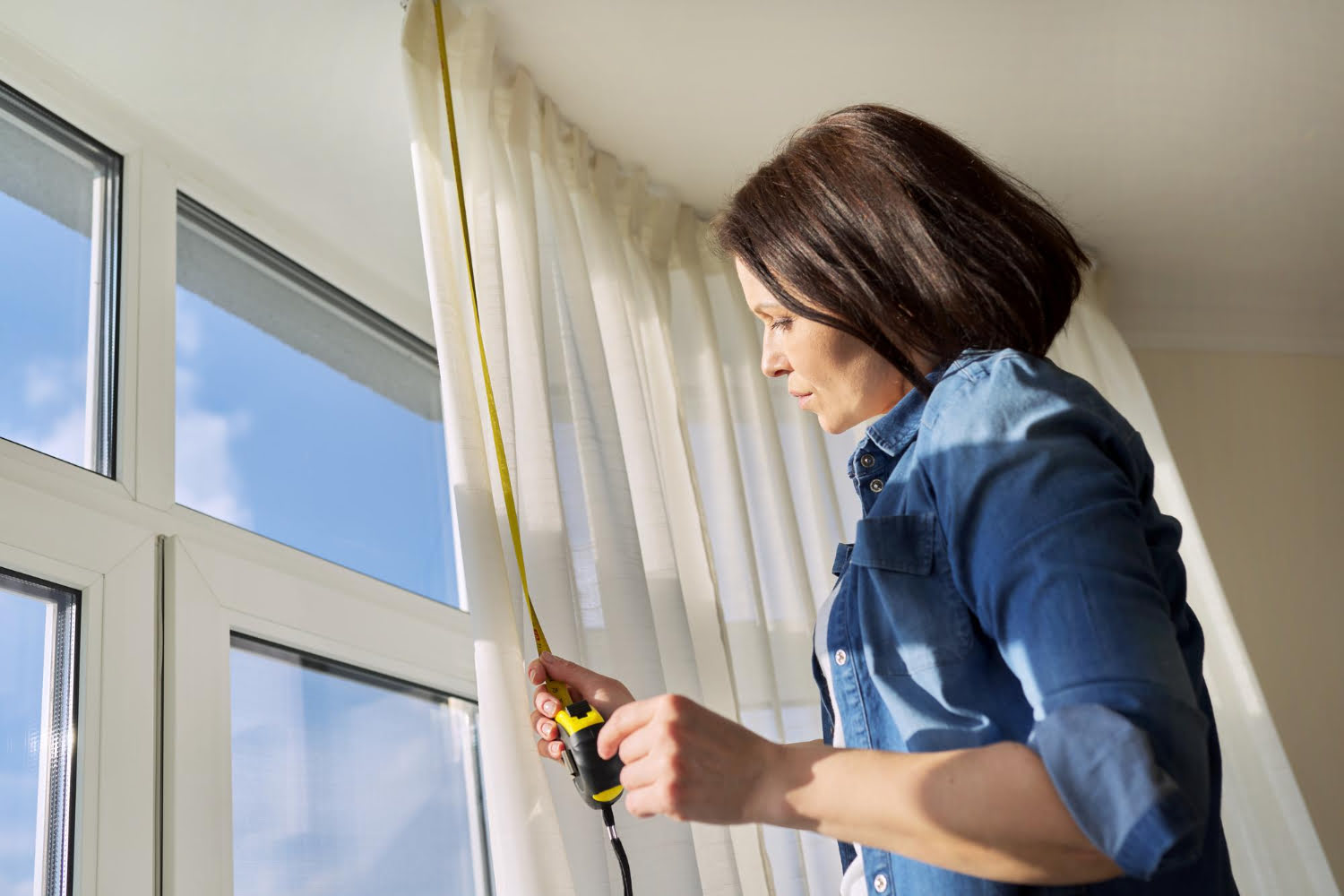
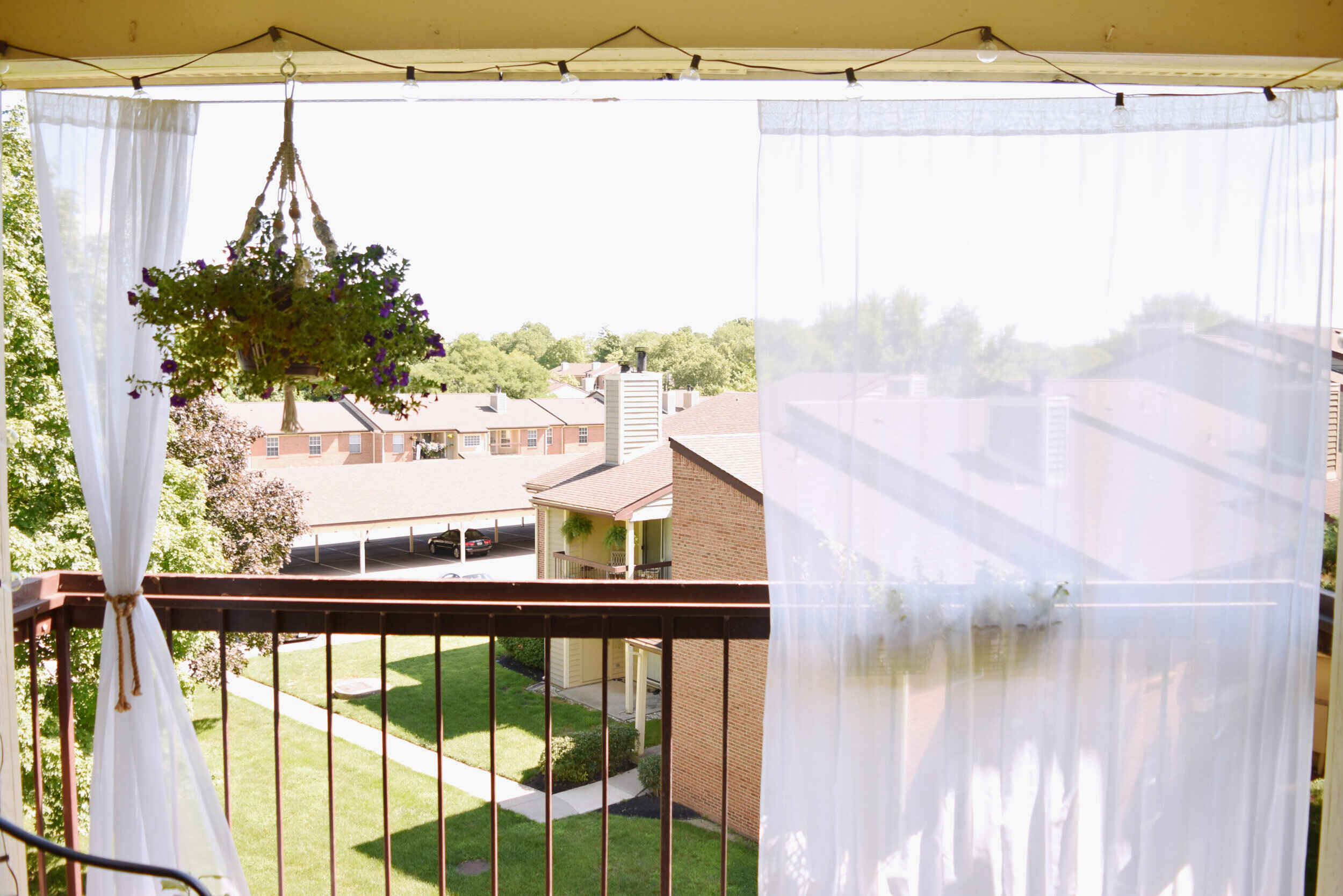
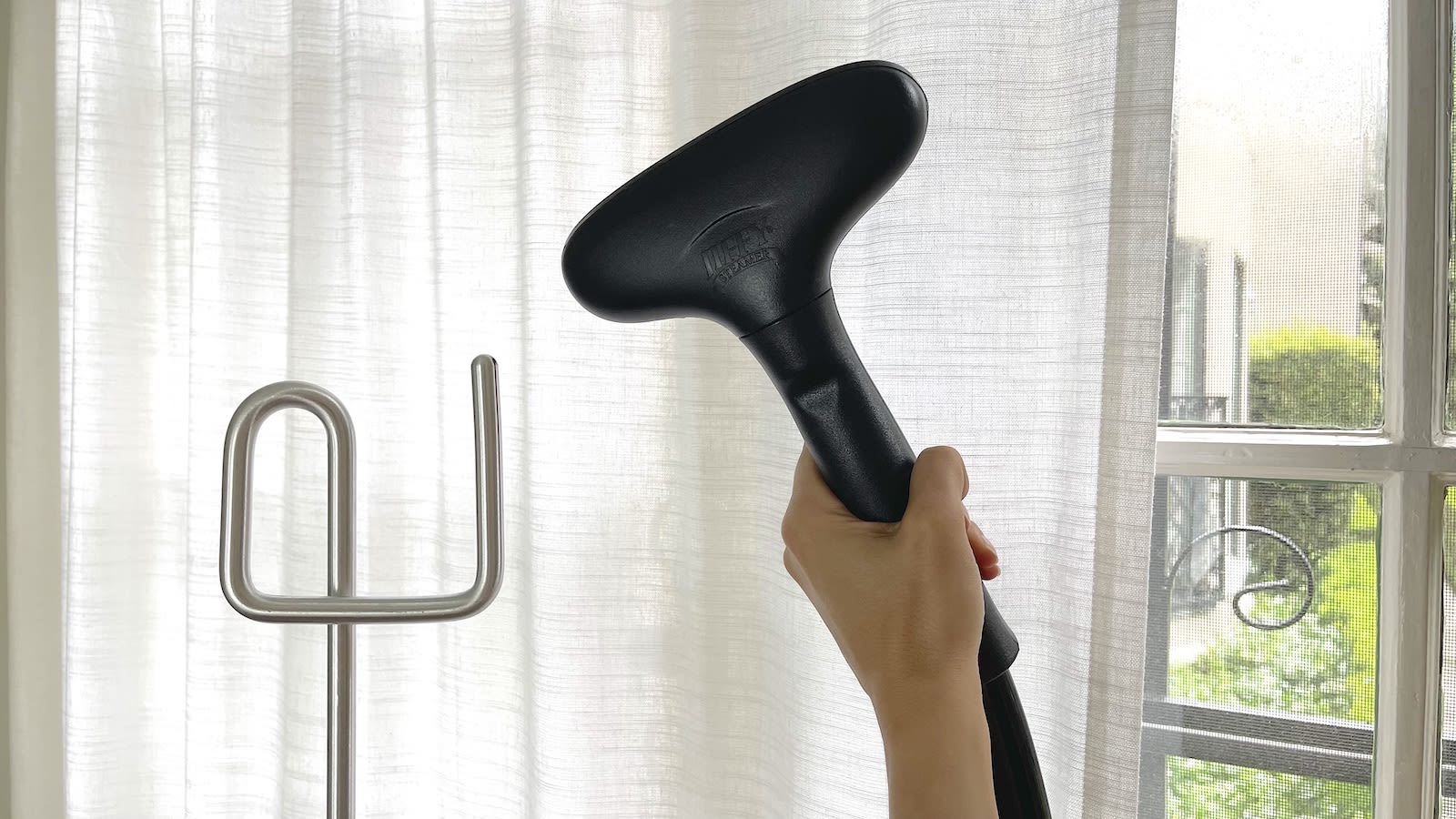
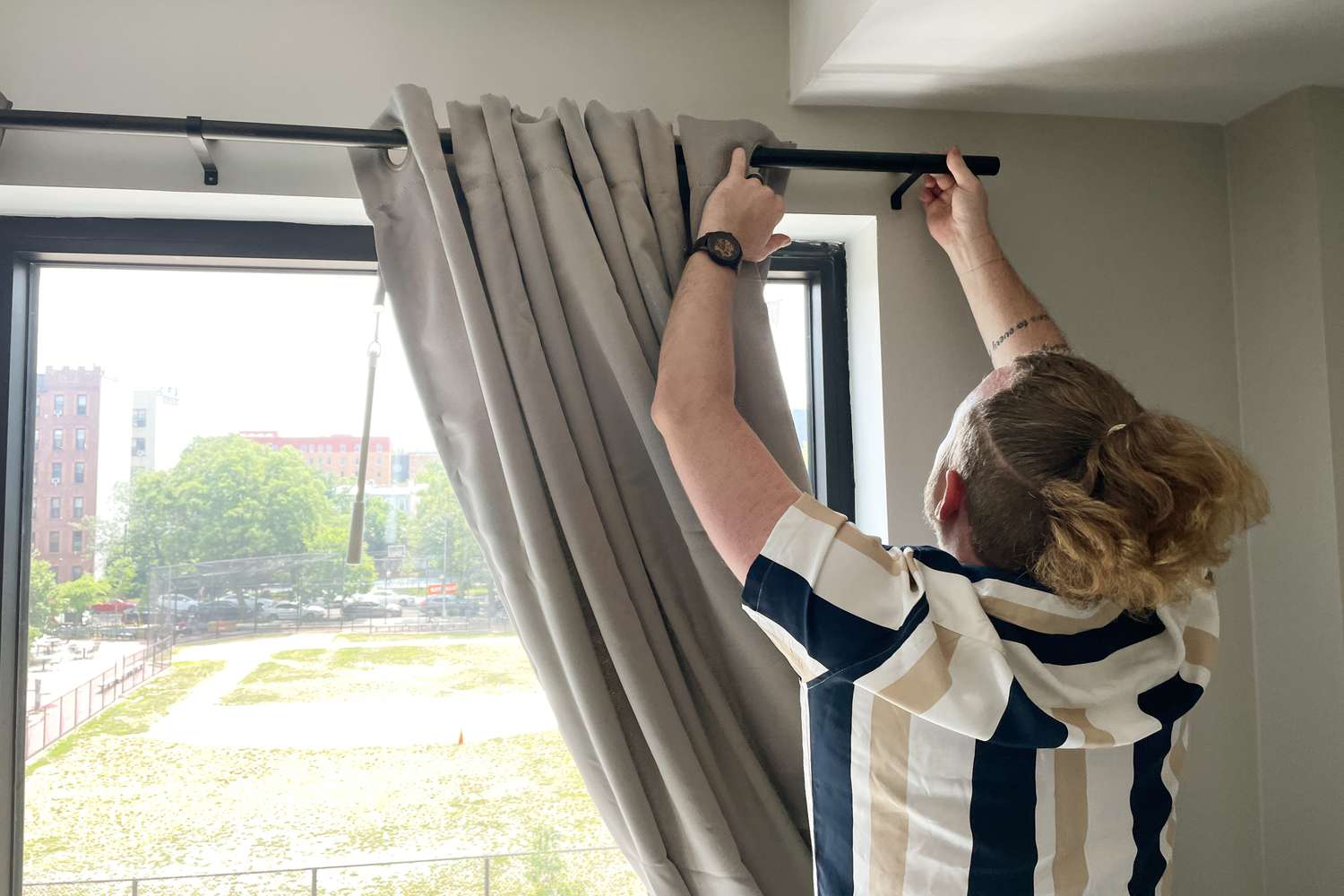
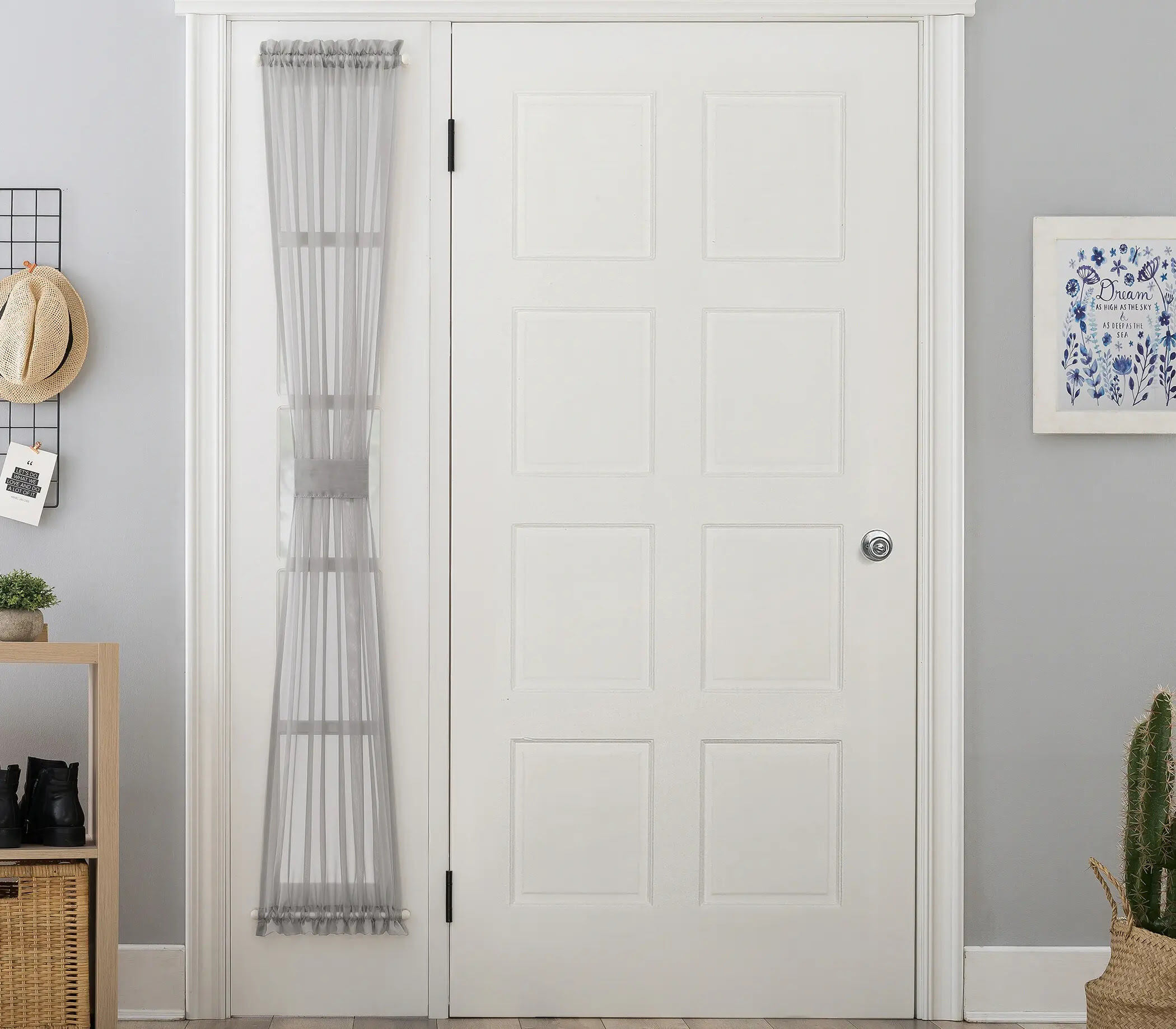

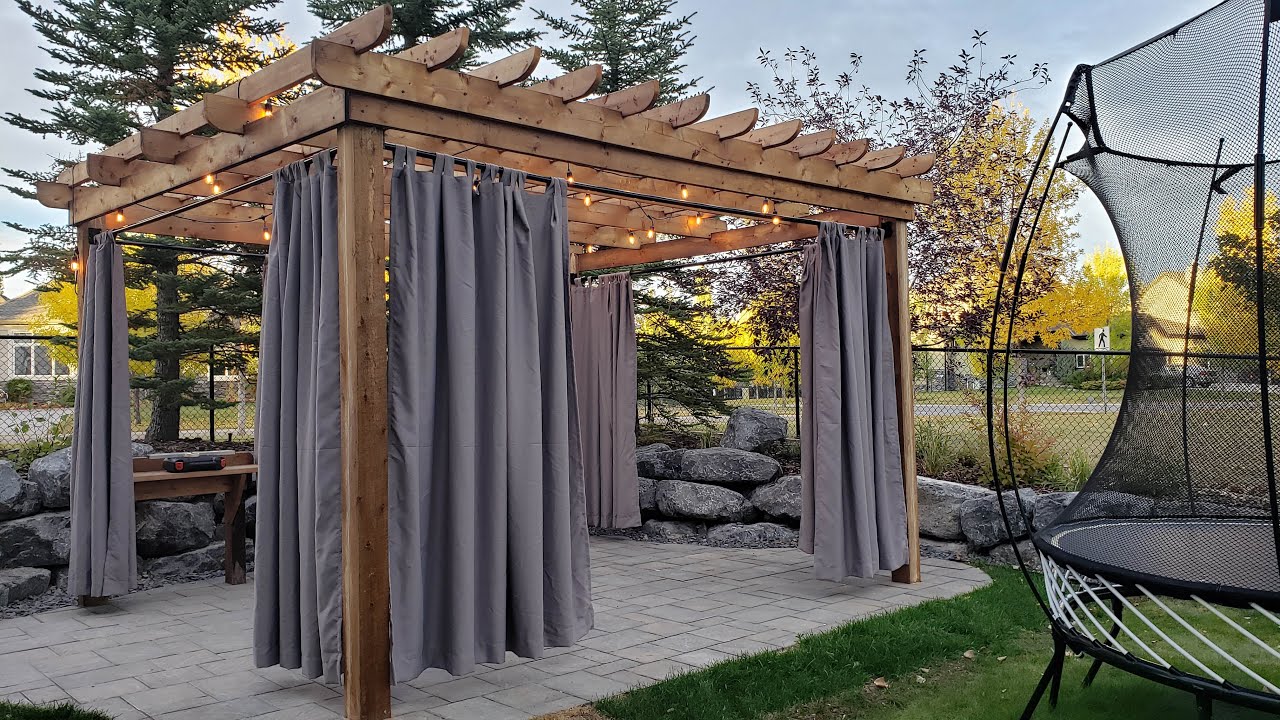
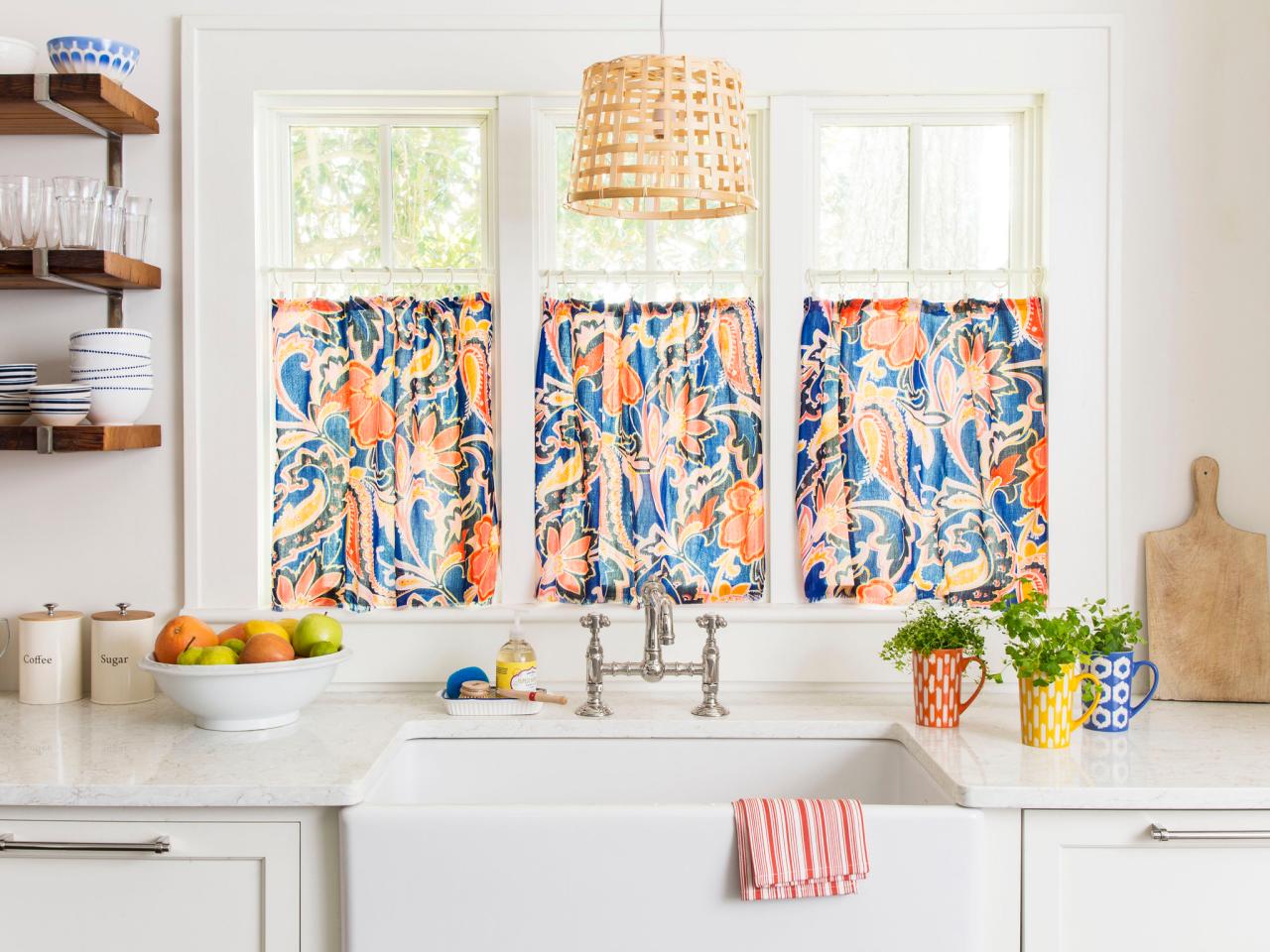
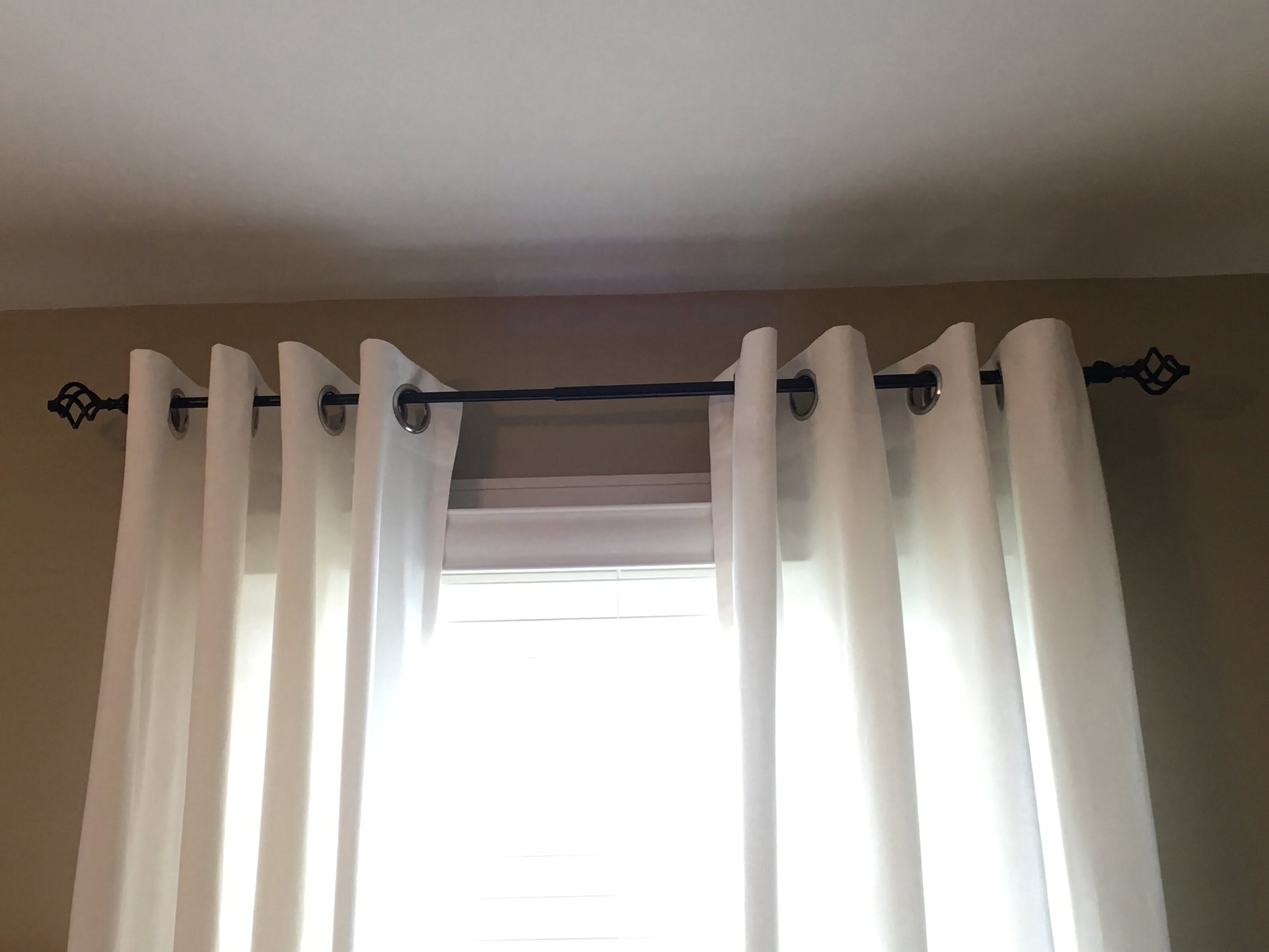
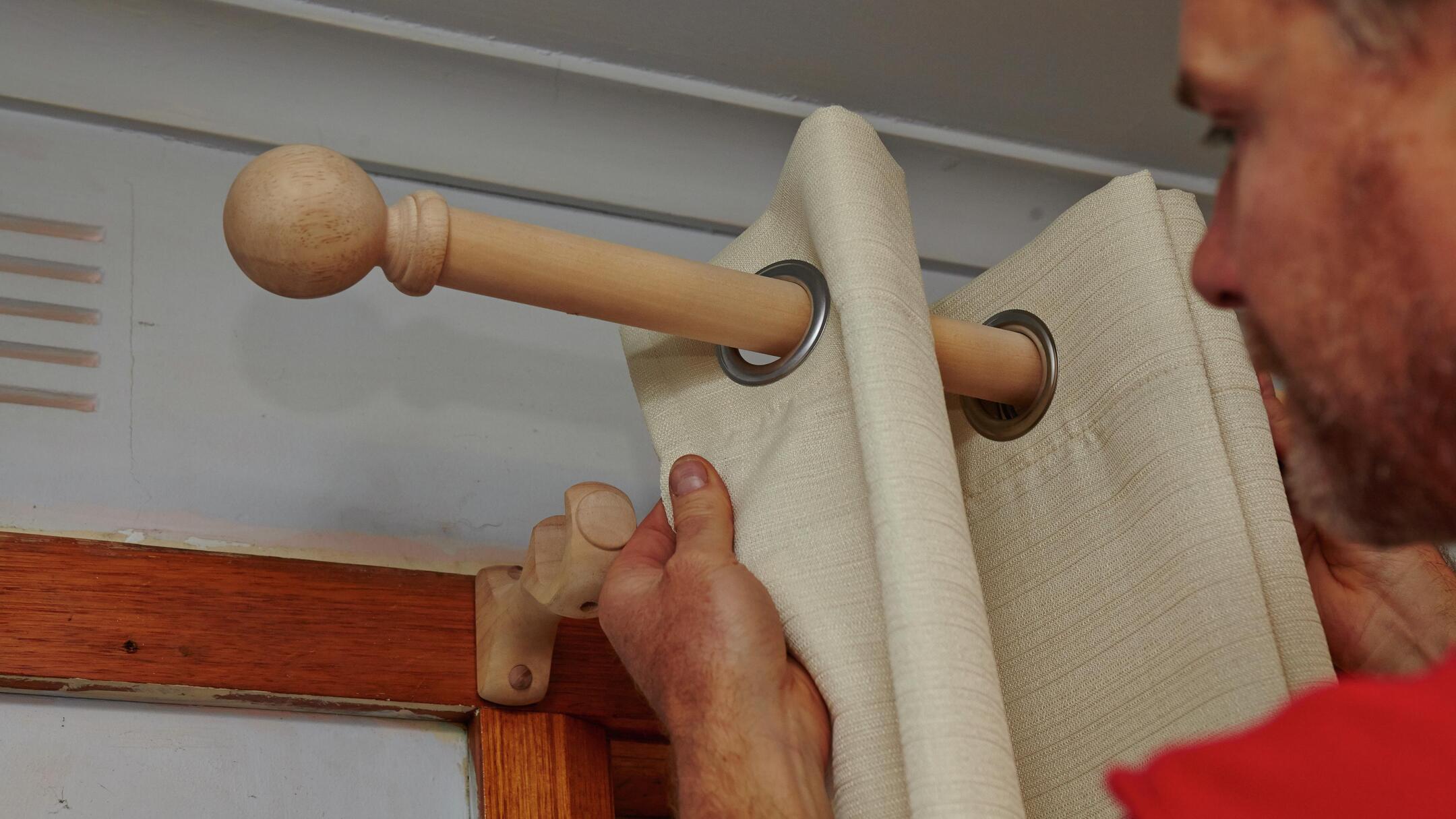
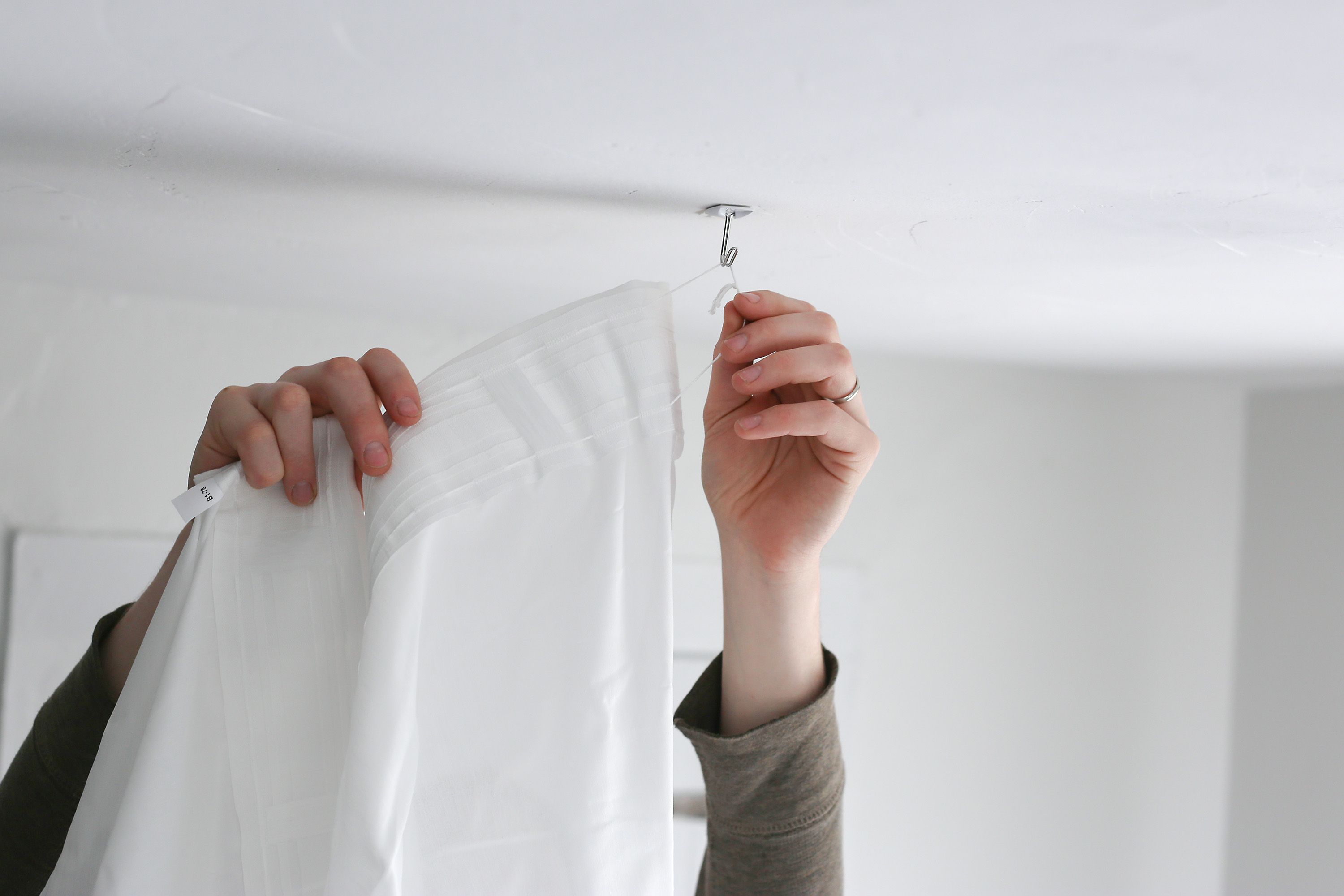
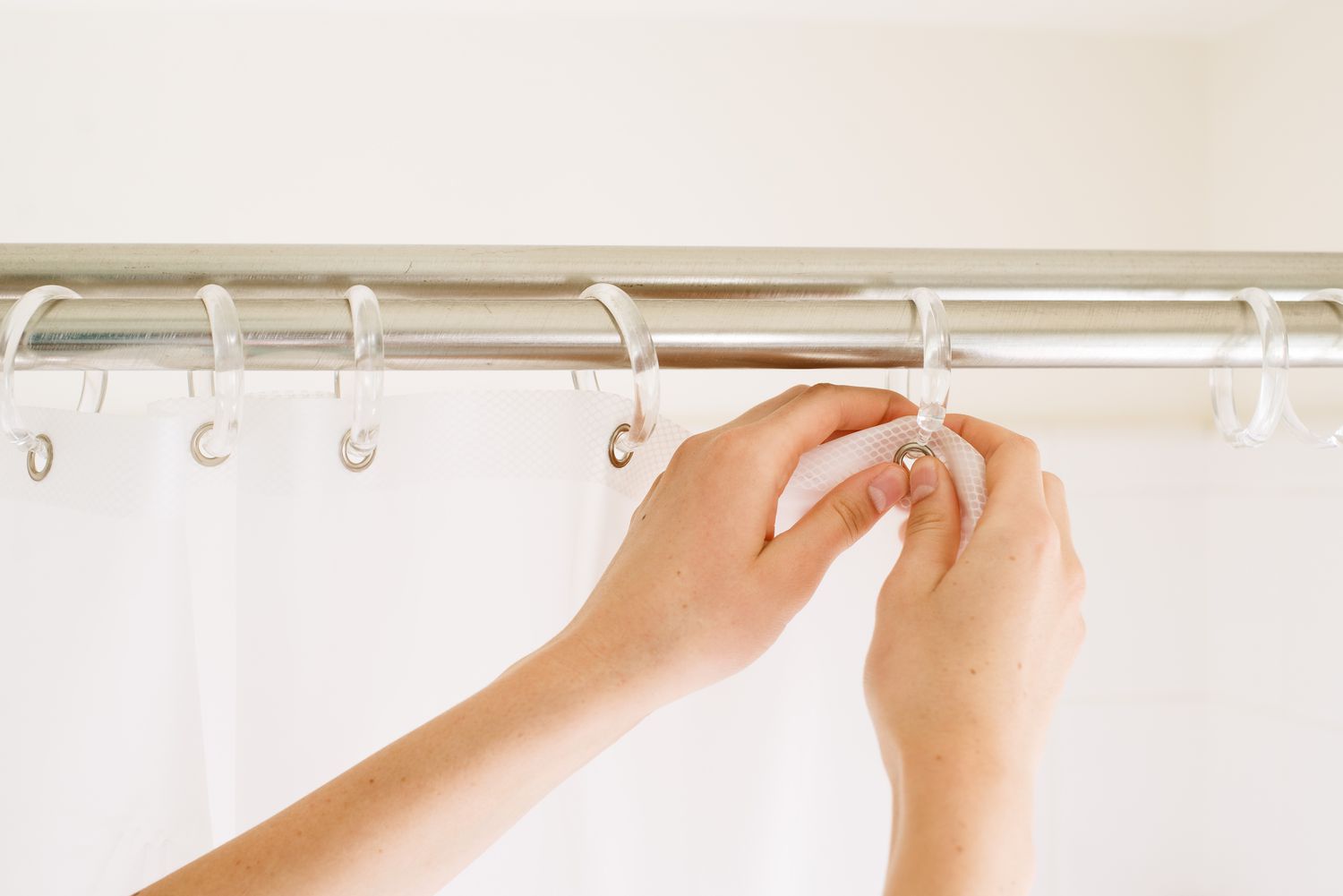
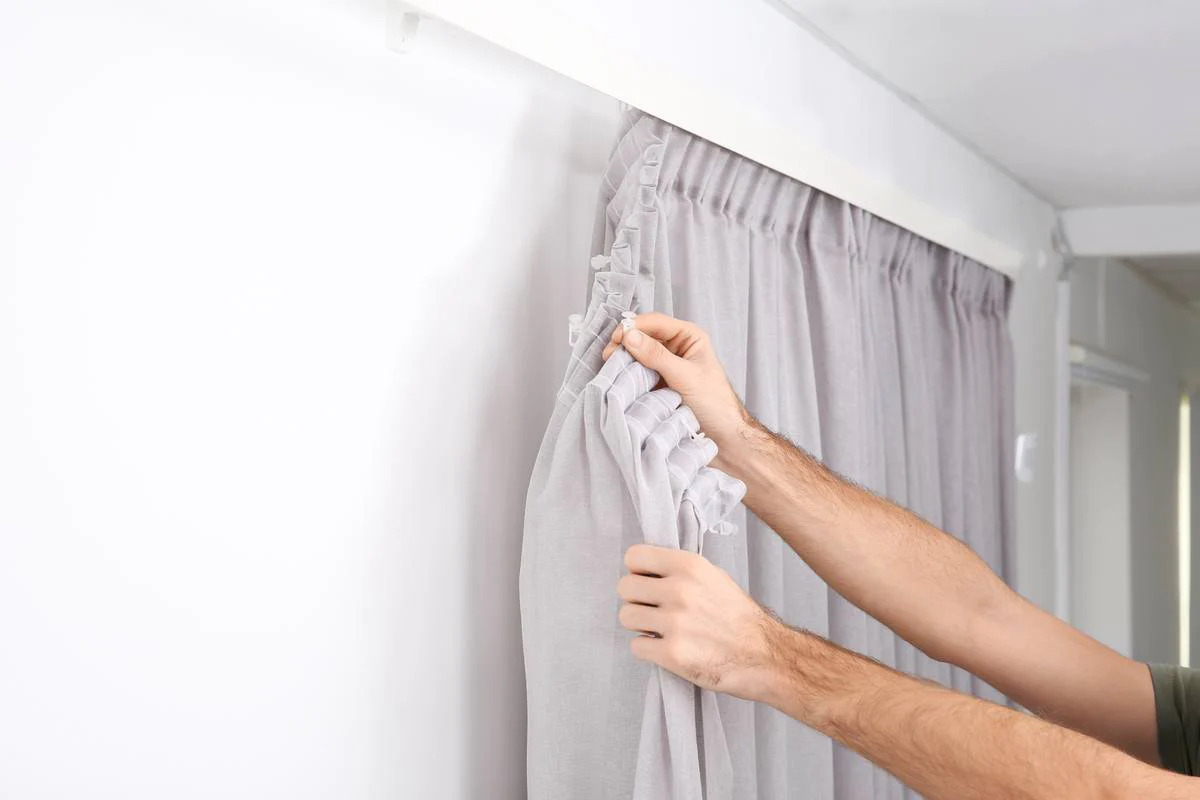


0 thoughts on “How To Hang Temporary Curtains”